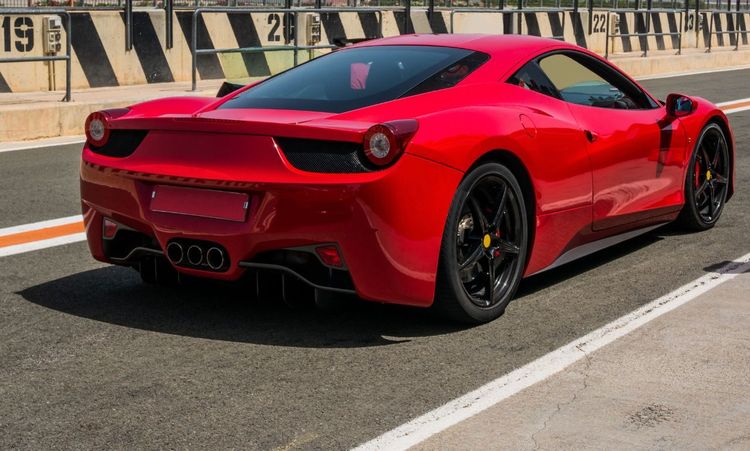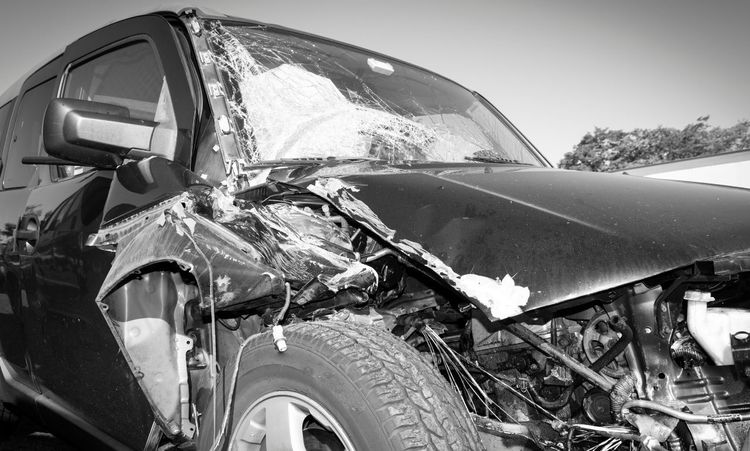Buying a used car bumper might sound simple, but it isn’t always as easy as it looks. Some bumpers appear fine in photos, yet once you inspect them closely, cracks, dents, or hidden damage start to appear. That’s when you realize saving money upfront can lead to costly fixes later.
Whether you’re replacing a damaged bumper or restoring a car, buying used can be smart. But you must know what to look for. A bumper isn’t just a piece of plastic or metal—it’s part of your car’s protection system. It absorbs shock, guards against scratches, and keeps your car’s shape intact after a minor accident.
If you’re standing in a salvage yard or browsing online, don’t rush. Take a few minutes to read this guide. You’ll learn exactly what to look for when buying a used car bumper and how to avoid getting stuck with junk.
Check for Structural Integrity
When it comes to bumpers, structure always comes first. A bumper that looks new might still be weak where it matters most.
Start by examining its overall shape. Does it hold its curve naturally? Does it feel solid when you press on it? A good bumper should feel sturdy and firm. If it bends too easily or creaks, the inner structure could be compromised.
Look for Cracks or Warps
Even the smallest crack can turn into a bigger problem once you install it. Take your time and inspect every inch—especially near corners and mounting areas. Cracks there mean the bumper has taken an impact before.
Warping is another issue. It might not be visible right away, but if you place the bumper on a flat surface, it should sit evenly. Any twist or uneven curve suggests heat exposure or improper storage.
Examine the Inner Side
Don’t just look at the outside. Flip the bumper and inspect the inside. This part often reveals what the outer surface hides. Signs of melted plastic, repair marks, or rough patches indicate past damage.
Some sellers fill cracks and repaint over them. It looks fine from afar but won’t last long. Run your hand along the inner side; you’ll feel any rough, repaired spots immediately.
Know the Material
Bumpers come in different materials—plastic, fiberglass, or metal. Plastic is flexible but prone to warping. Fiberglass is light and stylish but cracks easily. Metal is strong yet heavy and can rust.
Knowing the material helps you spot potential issues. If it’s metal, check for rust or corrosion. For plastic, look for sun damage or brittleness. With fiberglass, focus on cracks and repaired areas.
Examine the Surface Condition
The surface says a lot about the bumper’s life. A clean, even finish shows proper care. But if you notice scratches, faded paint, or bubbles, it tells a different story.
Hold the bumper under bright light or direct sunlight. Small imperfections are easier to see that way. Tiny cracks near the paint edges can grow once exposed to heat or vibration.
Watch for Paint Layers
A freshly painted bumper isn’t always a good thing. Sometimes sellers repaint bumpers to hide repairs. If the paint looks too thick, uneven, or has different textures, it’s been refinished.
Gently tap the surface with your knuckle. A solid sound usually means it’s original. A hollow sound could mean filler underneath.
Feel the Surface
Run your hand slowly over the bumper. You’ll feel rough spots or uneven surfaces that your eyes might miss. It should feel smooth from edge to edge. Any lumps or dips suggest past patchwork.
If there’s a strong chemical smell, it might have been freshly repainted with low-quality paint. That paint tends to fade quickly under sun exposure.
Verify Mounting Points
You can’t attach a bumper securely without strong mounting points. These areas often take the most stress during installation.
Inspect Tabs and Brackets
Check every tab, slot, and bracket carefully. Cracks or missing clips will cause the bumper to shake or hang unevenly once installed. If any part looks repaired or glued, be cautious.
Even small breaks around the mounting holes can cause rattling or loose fits later. These aren’t easy to fix without professional help.
Test Fitment If Possible
If you can, test the bumper on your car or a similar model before buying. Make sure everything aligns properly. Gaps or misaligned edges indicate compatibility issues.
Part numbers help too. Match them with your car’s original bumper number. Many car models have slight design changes from year to year. A small mismatch can cause major installation headaches.
Be Cautious with Modified Bumpers
Some used bumpers were modified for custom projects. If you see extra holes or cutouts, it’s likely been altered. Unless you plan to customize, avoid these. Modified bumpers rarely fit perfectly again.
Remember, a bumper that doesn’t fit snugly won’t protect your car properly in an impact. Fitment is safety, not just aesthetics.
Confirm Paint and Colour Match
Even if the bumper fits perfectly, a color mismatch ruins the look. Matching paint can be tricky because of fading, factory variations, and poor lighting.
Compare Colors in Natural Light
Always compare colors under daylight. Indoor lights distort tones and make mismatches harder to spot. Step outside and hold the bumper next to your car. Look from different angles.
Check the car’s paint code—usually on a sticker inside the driver’s door or engine bay. Ask the seller if the bumper matches that code. Don’t rely on guesswork.
Think About Repainting
If the bumper doesn’t match perfectly, don’t panic. A professional body shop can repaint it to match your car. In fact, repainting can refresh an older bumper and make it look new again.
Before painting, ensure the surface is smooth and clean. Old paint or rough patches can cause bubbles later. Repainting might add cost, but it guarantees a flawless finish.
Check for Sun Damage
Over time, UV rays dull and discolor paint. If one section of the bumper looks lighter or more faded, that’s sun damage. It’s mostly cosmetic, but repainting is the best fix if you care about appearance.
Buy from a Trusted Source
No matter how good a bumper looks, your buying experience depends on where you get it. A trustworthy seller makes all the difference.
Choose Reputable Sellers
Auto salvage yards, certified resellers, and reputable online stores are your best options. They often inspect parts before selling and may offer short warranties.
Avoid sellers who can’t explain the bumper’s history. Ask for photos, part numbers, or proof it came from a working car. Transparency means trust.
Check Return Policies
Even good sellers sometimes miss hidden flaws. A clear return policy gives you peace of mind. Read the fine print—know how long you have to return a part if it doesn’t fit.
For online purchases, pay attention to reviews. Consistent complaints about damaged parts or false advertising are major red flags.
Inspect in Person When Possible
Seeing the bumper yourself is always best. Photos can hide scratches, dents, or faded paint. When buying locally, touch the surface, check the mounts, and ask questions.
If you’re buying online, request close-up images from multiple angles. Ask for photos of the corners, inside edges, and tabs. A serious seller won’t hesitate to provide them.
Avoid Unrealistic Prices
If a deal looks too good, pause. Quality bumpers have value. Cheap ones often come with hidden damage or poor repairs. It’s better to pay a fair price for a reliable bumper than chase a bargain that fails later.
A Lesson from the Real World
Let’s step away from theory for a moment. A friend once bought a used bumper online because it looked perfect in photos. When it arrived, it was warped on one side, and the paint started peeling after a week. The seller disappeared after the sale.
It was a painful but useful lesson: photos can lie. Always confirm every detail—structure, mounts, and paint. If something feels off, trust your gut. It’s your money, your car, and your peace of mind.
That experience taught one simple truth—rushing costs more than patience ever will.
Conclusion
Buying a used car bumper isn’t just about finding a cheap part. It’s about protecting your car and ensuring it looks right.
Start by checking the bumper’s structure. Then examine the surface closely. Verify mounting points to make sure it fits your car. Match the paint or plan to repaint it. And most importantly, buy from a trusted source that stands by what they sell.
When you know what to look for when buying a used car bumper, you save yourself time, money, and stress. Every small detail matters. Inspect carefully, ask questions, and don’t settle for “good enough.”
A little patience now guarantees a perfect fit and peace of mind later.




